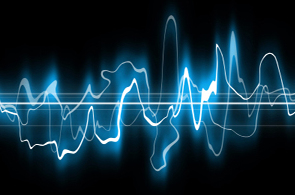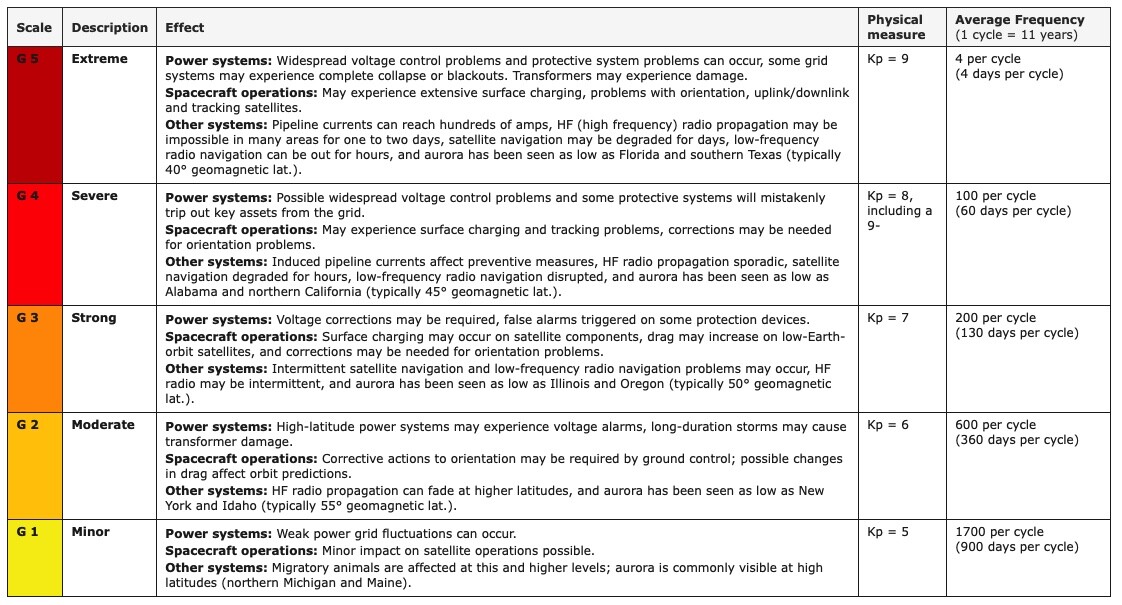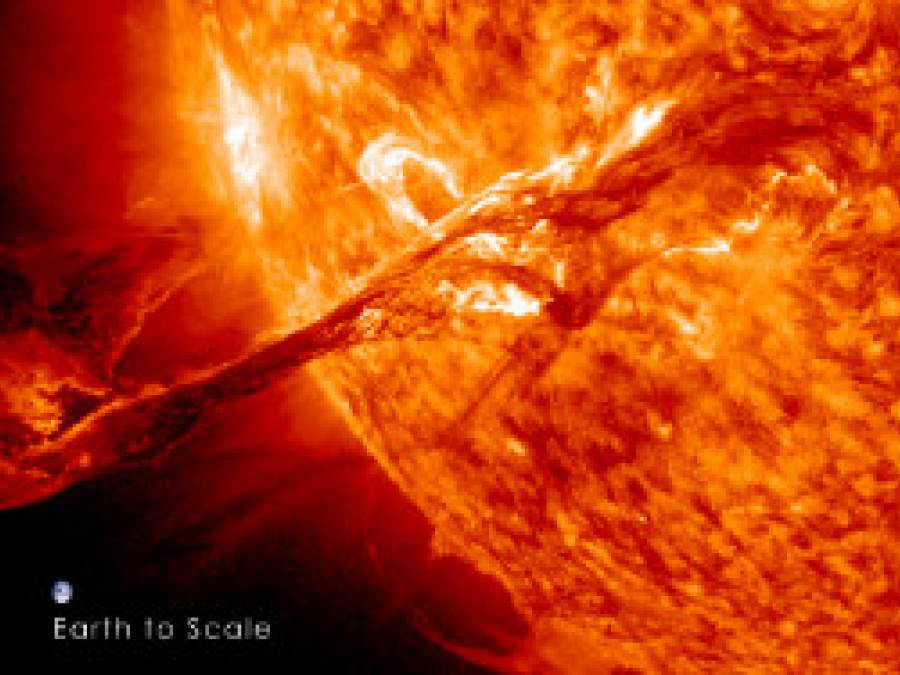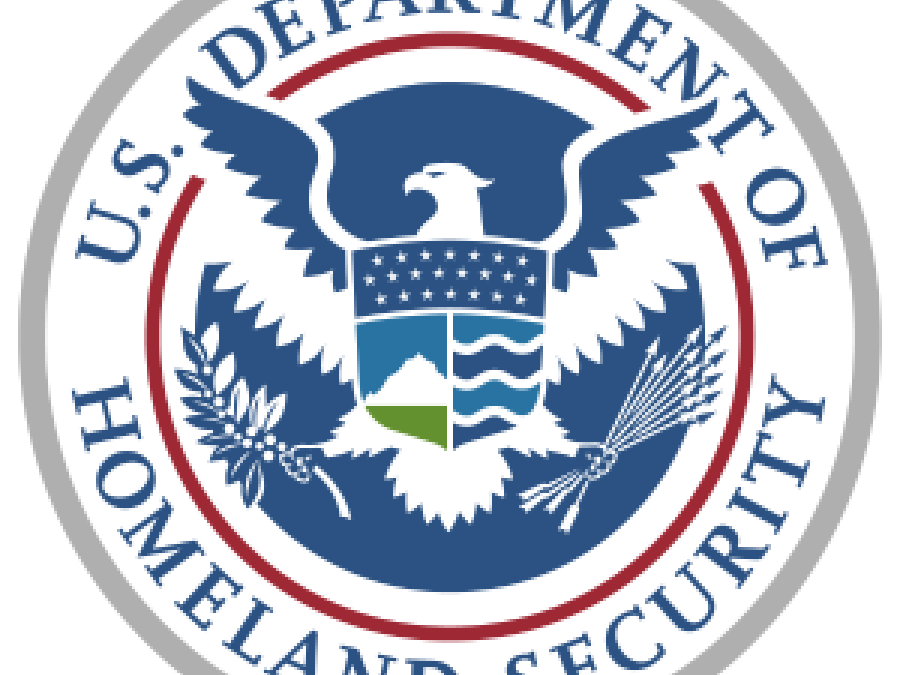 Oregon Emergency HF Net
Oregon Emergency HF Net
The OEN (Oregon Emergency Net) rolls at 6:00 PM and 7:00 PM every evening on 3980 kHz, LSB.
Oregon Section District 1 NTS (National Traffic System) nets run as follows:
- Daily at 5:30 PM - 3990 kHz - Oregon ARES Traffic Net
- Daily at 5:45 PM - 3920 kHz - Beaver State Net
- Daily at 6:30 PM - 3569 kHz - Oregon Section Net/1
- Daily at 10:00 PM - 3569 kHz - Oregon Section Net/2
Emergency Frequency Usage
Section wide coverage during an emergency is normally maintained using frequencies on 75 or 40 meter side-band. While nets, whether HF or above, typically operate on known frequencies they do not “own” the frequency and may be found up or down the band a few kHz.
The Net Control operator on duty will decide whether to keep the net on its current frequency, or to move up or down a few kHz to avoid interference. However, if it becomes desirable to move the net to another band, the Net Manager and SEC on duty at the time decides whether to move the net and if so, to what band, frequency, and mode. The manager, after consulting with the SEC, may also opt for running simultaneous sessions on two bands at once.
Section HF net frequencies may be used in an emergency at any time by ARES members or officials consistent with other emergency communications that may be in progress on the frequency. Use of the net frequency is not the same thing as establishing an emergency net. When a local or District ARES official begins emergency use of an HF frequency, the SEC and Net Manager should be notified immediately by radio or landline. The SEC may, or may not, designate an ad hoc net as an emergency circuit at his/her discretion. The SEC or his designee will promptly notify the Section Manager, Net Manager and STM of any formal activation of the Section Emergency net on an NTS net frequency.
NOAA Space Weather Scales
The NOAA Space Weather Scales were introduced as a way to communicate to the general public the current and future space weather conditions and their possible effects on people and systems. Many of the SWPC products describe the space environment, but few have described the effects that can be experienced as the result of environmental disturbances. These scales are useful to those who are interested in space weather effects. The scales describe the environmental disturbances for three event types: geomagnetic storms, solar radiation storms, and radio blackouts. The scales have numbered levels, analogous to hurricanes, tornadoes, and earthquakes that convey severity. They list possible effects at each level. They also show how often such events happen, and give a measure of the intensity of the physical causes.
Radio Blackouts












